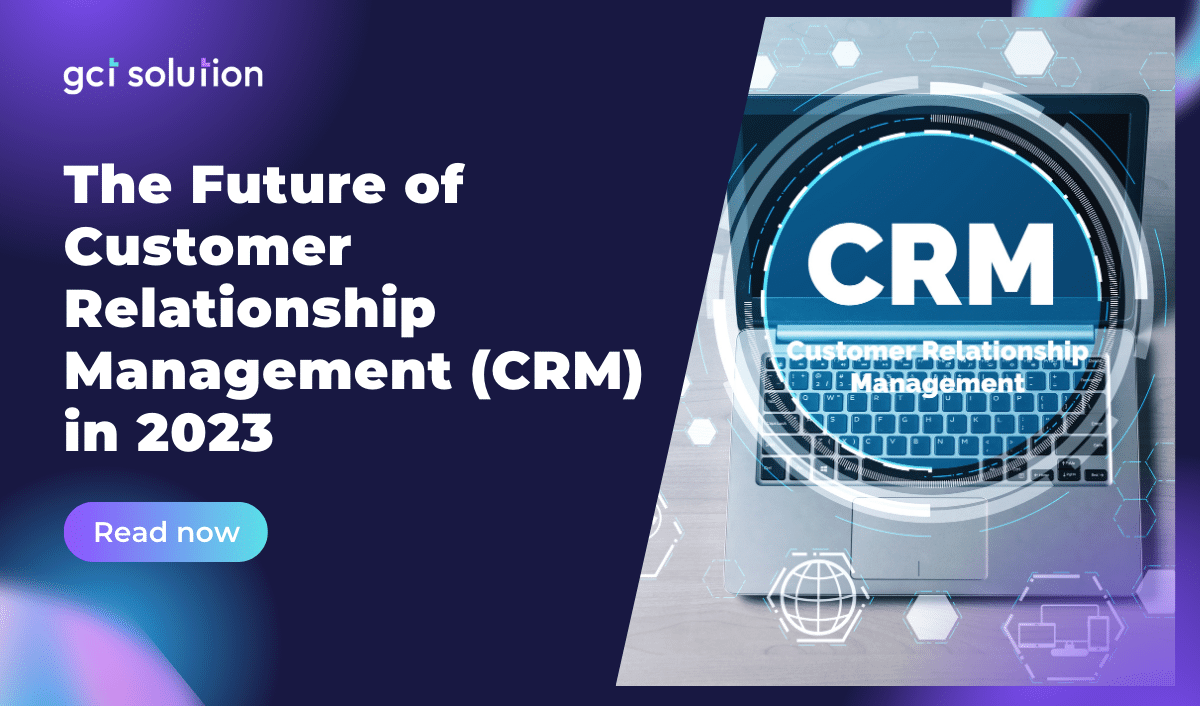Undoubtedly, customers are the backbone of business as the business landscape is shifting towards a customer-centric approach. For that reason, Customer Relationship Management (CRM) software plays a pivotal role in streamlining businesses’ process. With the advent of Software as a Service (SaaS) technology, CRM has undergone a transformative shift, offering businesses a flexible, cost-effective, and scalable solution. In this blog post, we will explore the concept of SaaS CRM, provide a real-world example, highlight the differences between CRM and SaaS CRM, discuss who can benefit from adopting SaaS CRM, and provide guidelines for selecting the most suitable SaaS CRM for your business.
What is SaaS Software: Here Are All You Need To Know!
SaaS is a technical terminology that often comes up when discussing software development. However, not many people, even within the industry, understand thoroughly about this term. In fact, SaaS software offers a range of benefits that traditional software models simply cannot match. In this blog post, we will explore the definition of SaaS software, its characteristics and highlight functions, delve into the reasons why companies choose to adopt SaaS and highlight the key differences between SaaS and other software models.
Unlocking Business Potential: Exploring the World of SaaS Software
In today's fast-paced digital landscape, software as a service (SaaS) has emerged as a game-changer for businesses of all sizes. This innovative software delivery model offers companies a cost-effective and efficient way to access and utilize software applications. In this blog post, we will delve into the world of SaaS software, exploring its definition, providing examples of popular SaaS applications, and shedding light on the reasons why businesses are increasingly adopting this transformative technology.
Understanding SaaS Security To Strengthen Your Business Performance
The digital landscape is witnessing an unprecedented surge in Software as a Service (SaaS) adoption, revolutionizing the way businesses operate and deliver software solutions. According to a report by Gartner, the worldwide public cloud services market is projected to grow by 17.3% in 2022, reaching a value of $466 billion, driven by the increasing adoption of SaaS applications. With this exponential growth comes an imperative need to prioritize robust SaaS security measures. In this blog, we will explore the realm of SaaS security, to unveil its significance in protecting valuable digital assets and thwarting cyber risks.
The Power of SaaS Zero Trust: Safeguarding Digital Environments
As businesses increasingly embrace the digital age, Software as a Service (SaaS) solutions have emerged as a new wave, revolutionizing how organizations operate and deliver software applications. According to a report by Gartner, the worldwide public cloud services market, including SaaS, is projected to reach $354.6 billion in 2022, reflecting the increasing reliance on cloud-based solutions. However, with the rise of SaaS adoption comes the critical need to prioritize robust security measures. Enter Zero Trust is a security framework rapidly gaining traction in the SaaS environment. In this blog, we will explore the concept of SaaS and Zero Trust to emphasize the escalating significance of Zero Trust as a vital defense mechanism in safeguarding SaaS environments.
Customer Relationship Management Workflow: How To Create A CRM Workflow?
In today’s competitive business landscape, it’s important for companies to establish and maintain strong relationships with their customers. One way to do this is by implementing a Customer Relationship Management (CRM) workflow. A CRM workflow is a set of processes and procedures designed to manage interactions with customers, build relationships, and improve customer satisfaction. In this blog post, we will discuss what a CRM workflow is, provide an example of a CRM workflow diagram, explain why businesses should use a CRM workflow, and provide steps for creating a CRM workflow.
Mastering Customer Relationships: Best Practices for Effective CRM
In today's highly competitive business landscape, building and nurturing strong customer relationships is paramount for success. To achieve this, businesses rely on Customer Relationship Management (CRM) strategies and tools to effectively manage and engage with their customers. This blog explores the best practices for implementing CRM to help businesses optimize their customer relationships and drive sustainable growth.
The Power of CRM Databases: Revolutionizing Customer Relationship Management
To strive to success in the fierce marketplace, managing customer relationships is a crucial factor for businesses. However, the exponential growth of customer data presents a significant challenge, making the process increasingly complex and time-consuming. To navigate this landscape and effectively engage with customers, businesses are turning to robust solutions such as Customer Relationship Management (CRM) databases. This blog delves into the concept of CRM databases, highlighting their profound benefits backed by compelling statistics. Furthermore, we provide examples of CRM databases and offer valuable insights on optimizing these databases to drive maximum efficiency and productivity.
Transforming Healthcare Delivery with CRM: Improving Patient Care and Engagement
Healthcare institutions are faced with the challenge of delivering exceptional patient care while building and nurturing meaningful patient relationships. As the demands and expectations of patients continue to rise, healthcare providers are recognizing the need for advanced solutions to meet these evolving needs. This is where Customer Relationship Management (CRM) systems tailored specifically for the healthcare industry come into play. With their ability to harness the power of data, streamline operations, and improve patient engagement, healthcare CRM systems are revolutionizing the way healthcare institutions operate. This blog delves into the concept of healthcare CRM, presenting compelling statistics that highlight its profound benefits for healthcare institutions, and explores the key features that make it an indispensable tool in modern healthcare.
The Future of Customer Relationship Management (CRM) in 2023
The past few decades have seen a significant transformation in the way businesses interact with their customers. Customer Relationship Management (CRM) has played a crucial role in this transformation, as it empowers businesses to develop stronger relationships with their customers. CRM technology has evolved significantly, and in the coming years, it is set to transform the way businesses operate. In this blog, we will discuss the current and past status of CRM, the catalysts that foster its growth, and the forecasted CRM trends for 2023.

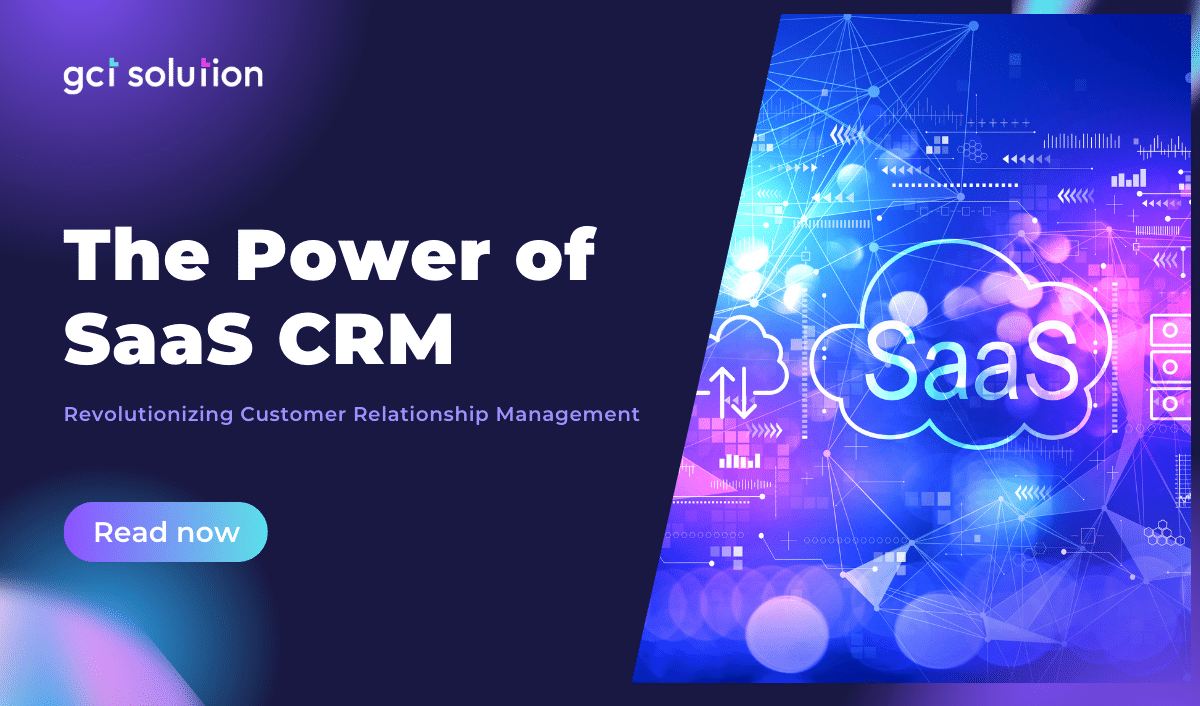

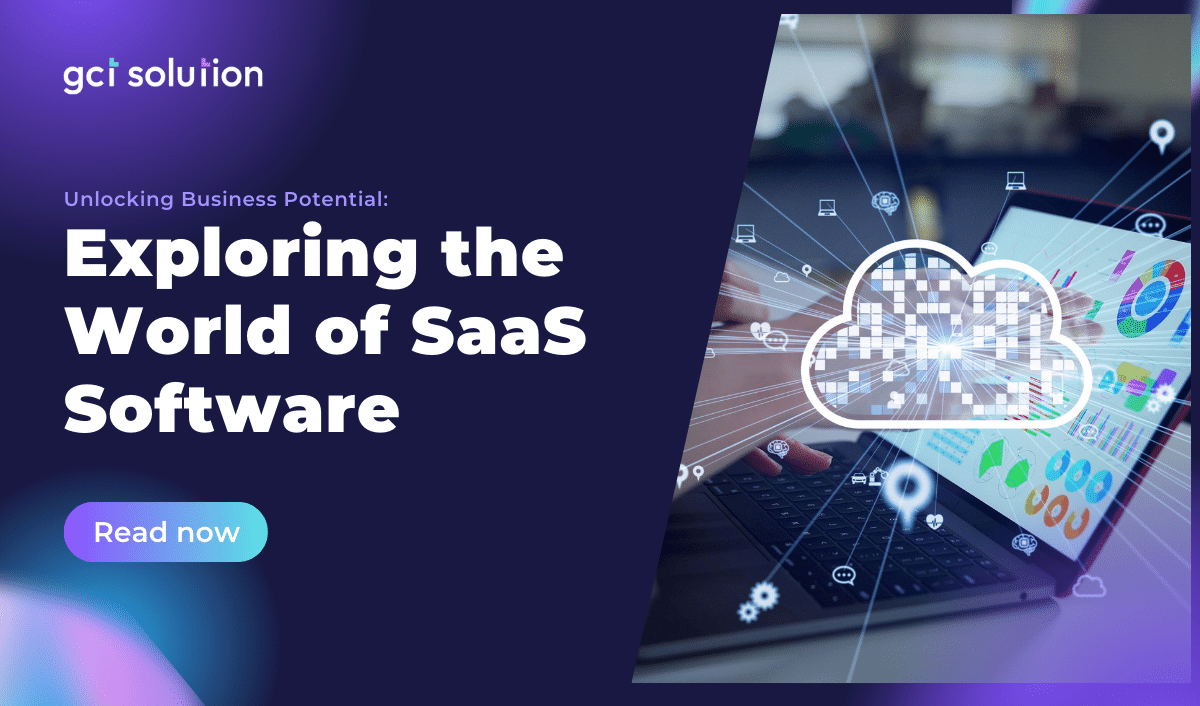
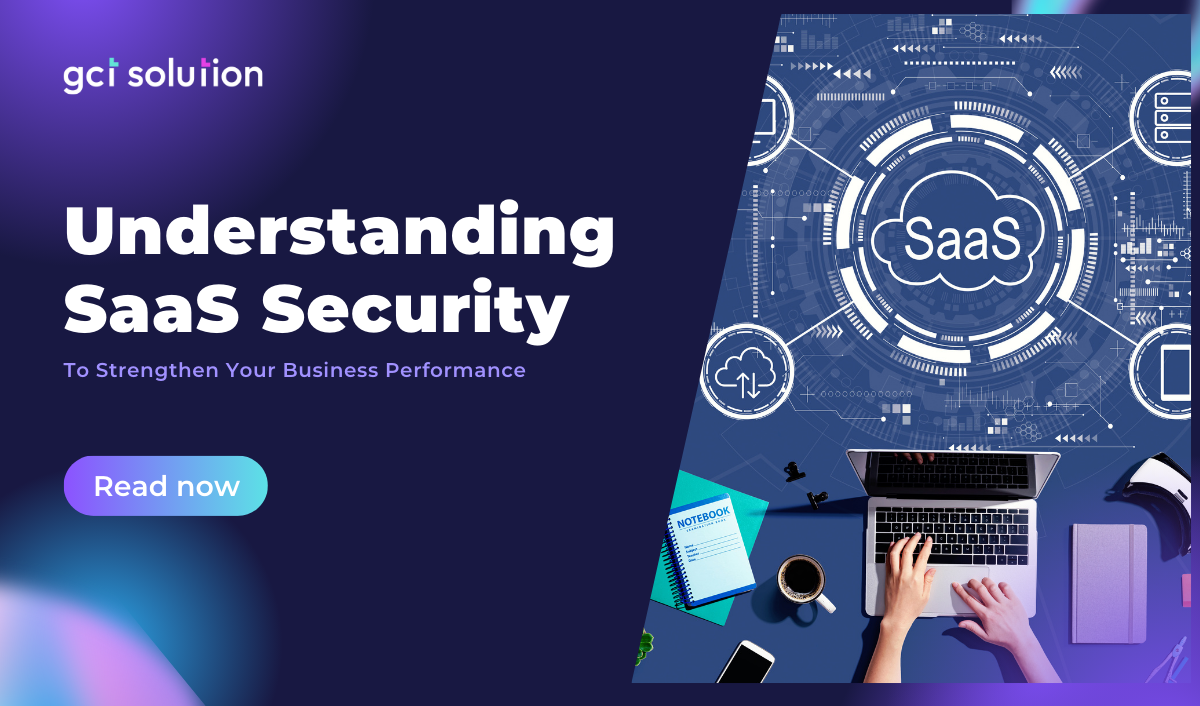
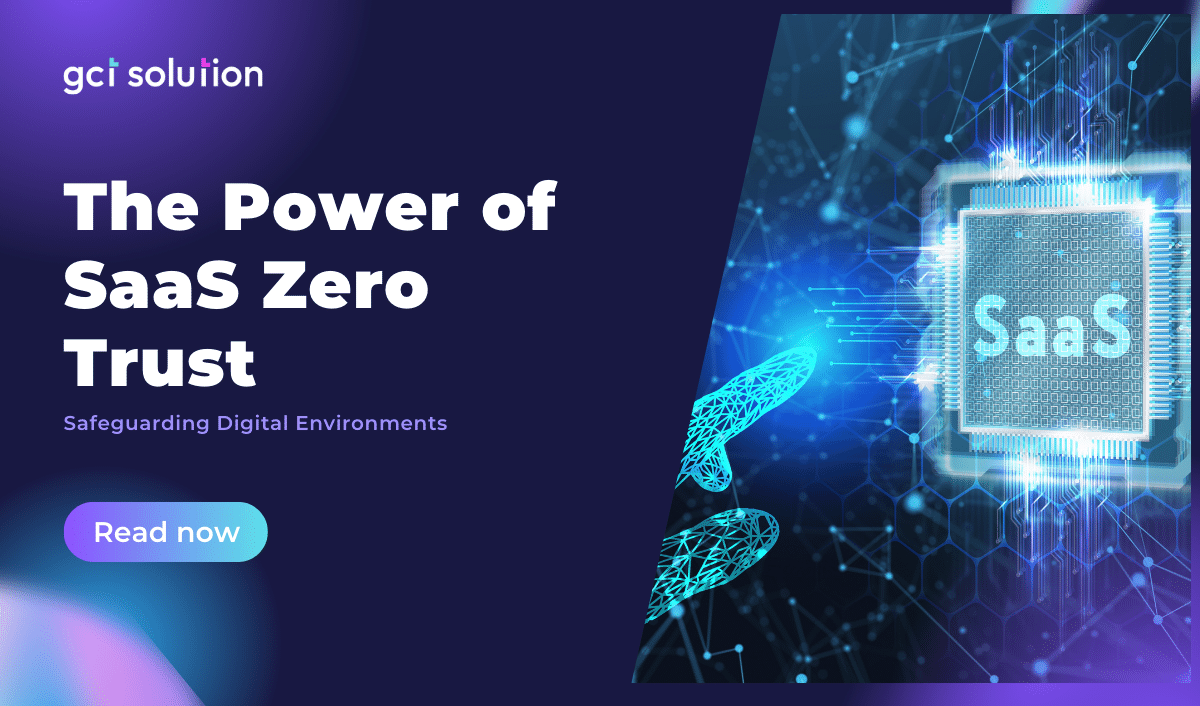

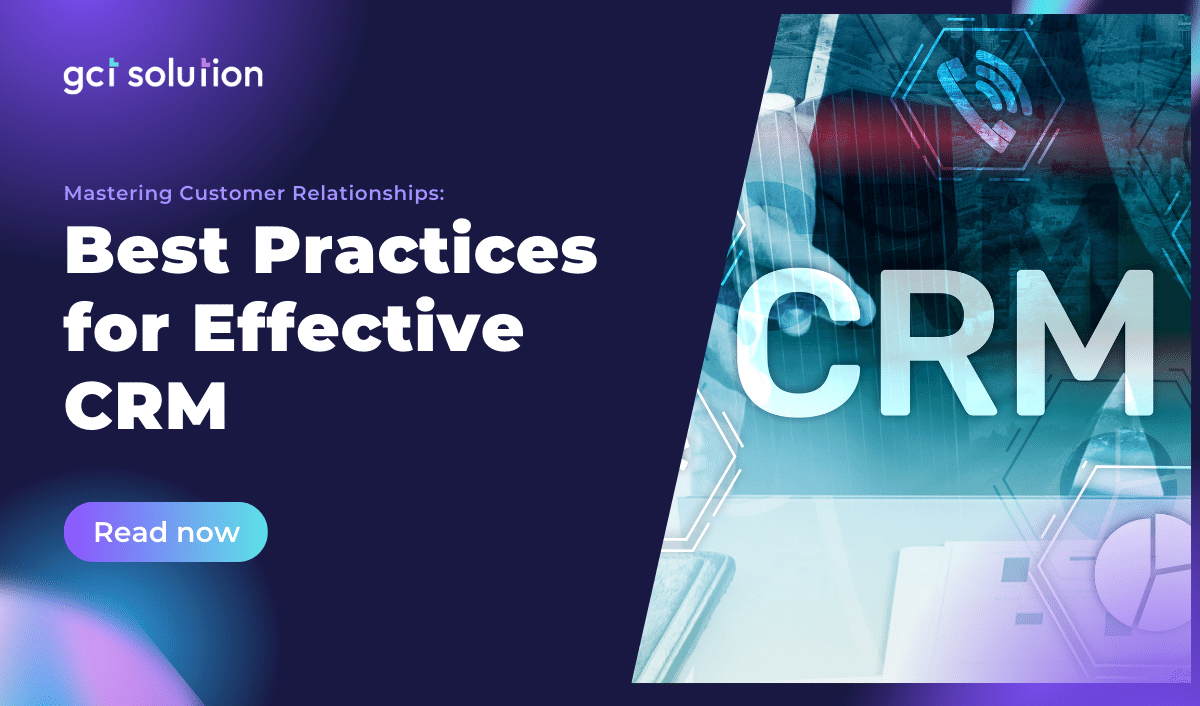
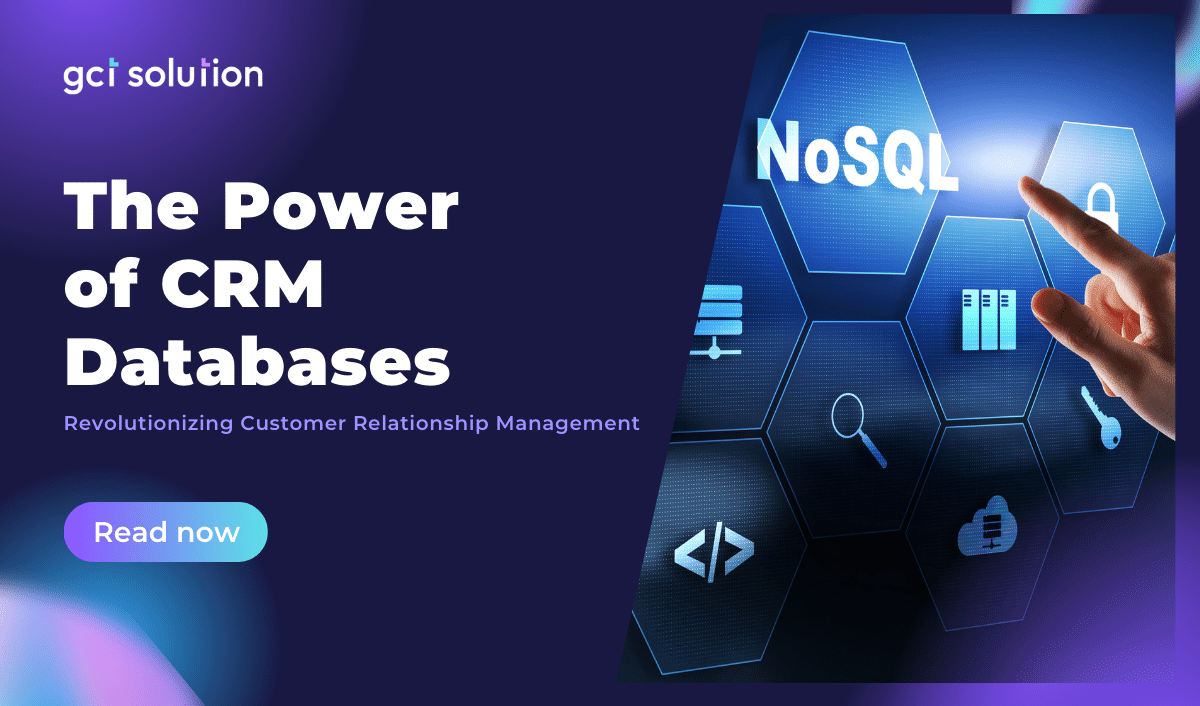
.png)
